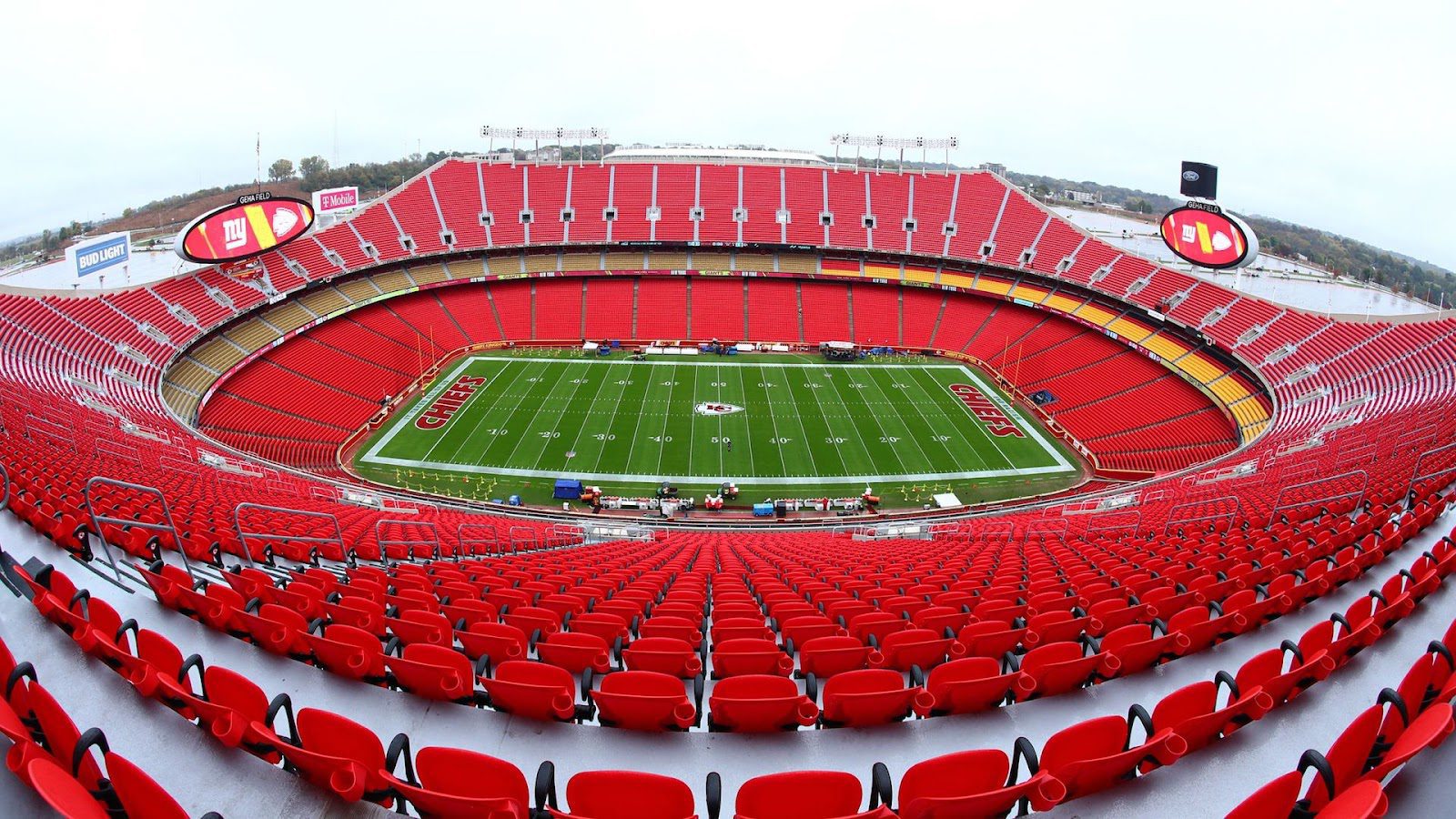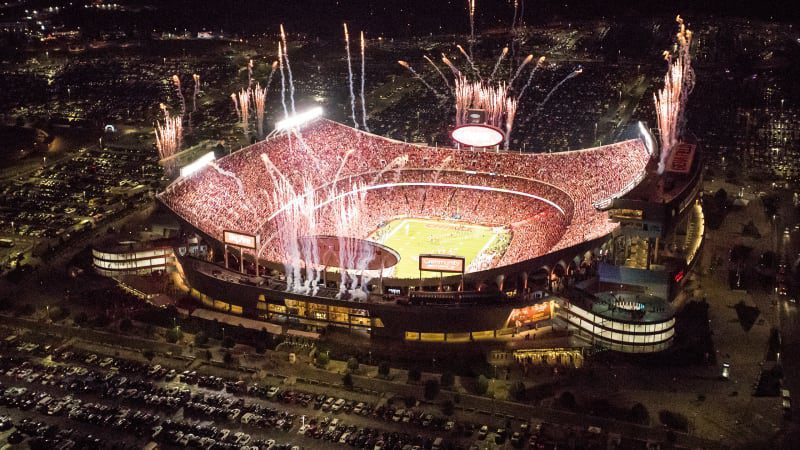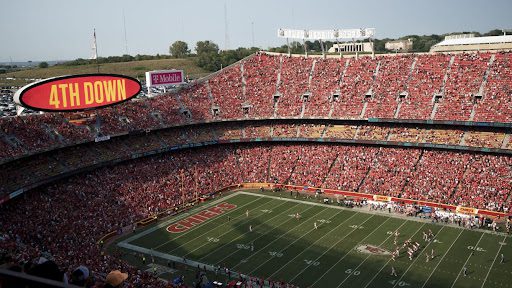In recent years, the Kansas City Chiefs have become one of the NFL’s most successful teams, largely due to their innovative offenses. Innovation, however, is not restricted to the Chiefs’ on-field exploits. For the past decade, the team’s front office also found success through creative sustainability initiatives.

A charter member of the Green Sports Alliance, the Chiefs’ initial environmental programs in the early 2010s focused on composting. A Missouri Department of Natural Resources grant provided financial support to install composting and recycling receptacles all around GEHA Field at Arrowhead Stadium.
By 2019, approximately 95% of the concession waste in the stadium’s concourses and all of the materials in the suites are either recyclable or compostable. On average, the Chiefs divert 50%-60% of its waste annually, which amounts to more than 400 tons a year.
To improve the diversion rates, the Chiefs tackled the waste situation created by pre-game tailgaters. Prior to kickoff, game day employees hand out recycling bags to the tailgaters, who leave their filled bags at their tailgate spots to be picked up by a cleaning crew during the game. Additionally, the post-game cleaning crew scour every stadium aisle, collecting recyclable and compostable items.
Diverting waste is extremely important because it provides huge ecological benefits.
“In looking at our diversion process, there are a couple of obstacles in the way of reaching higher numbers,’ stated Brandon Hamilton, Kansas City Chiefs vice president of stadium operations. “Some items that our concessionaires sell are either not compostable or not recyclable, and the peanut bag is an example of that.”
Peanut bags, in fact, represent the Chiefs’ most groundbreaking eco-project. Through a collaboration with BASF, Aramark, Hampton Farms and Missouri Organic Recycling, the team made GEHA Field at Arrowhead Stadium the first pro sports venue to sell pre-packaged peanuts in compostable bags. With over 150,000 peanut bags sold at Arrowhead each season, these compostable bags made a sizeable environmental impact.
After debuting in 2017, these bright red bags earned many accolades, including the Flexible Packaging Association’s Gold Award for Sustainability and the Green Sports Alliance’s Environmental Innovators of the Year Award. The EPA also honored the Chiefs in 2017 with a Regional Food Recovery Challenge Award for its waste diversion accomplishments. The EPA and the Chiefs actually partnered together on a community recycling drive. “Becoming a more environmentally-conscious organization has been and continues to be a long-term goal for us,” Chiefs President Mark Donovan stated. “We want to be a positive example for recycling and sustainability efforts in the community.”

The team has also excelled in its local outreach projects. As part of the “Extra Yard for the Environment” program, the Employee Conservation Days, Chiefs’ staffers have participated in multiple community events, from e-recycling to tree planting. For several years, the Chiefs worked with Lift Up America to provide 60 regional relief organizations with 30,000 pounds of high-protein food annually. The Chiefs Kingdom Food Drive, which ranks among the largest programs of its kind, collects over 250,000 meals to benefit food-insecure families in the Kansas City area.
During the 2020 pandemic, the team joined Harvester, a Kansas City non-profit focused on food assistance, to purchase new refrigeration units for 10 area food pantries. With each pantry serving around 2,000 families a month, this project delivered tremendous on-going benefits. The Chiefs have also collaborated with Harvester to distribute unserved concession stand food to local pantries. “We want to make a difference in our environment,” Hamilton explained. “We like to lead by example, and we feel like we’re doing that.”
Besides investing in the community, the team has invested in their stadium as well, with upgrades geared at improving energy efficiency. The stadium has switched to LED lights from Halogen ones and installed free electric vehicle charging stations.
In 2014, 308 solar panels were installed at the stadium and at the Chiefs’ training complex and practice facility. Combined, these panels annually generate nearly 30,000 Kw of electricity. This equates to 66 million tons of carbon dioxide offset, which is enough to power eight homes per year.
One particularly ingenious energy-saving idea was to connect an under-used boiler into the stadium’s field heating system. This “loop heating” strategy replaced 200 electric heaters, saving both money and energy usage. Arrowhead, which also has Energy Star-certified HVAC equipment, contains automatic building management systems that can adjust temperatures by a single degree through the sports complex. The team saves anywhere between $200,000-$400,000 a year through these measures.
“Becoming a more environmentally-conscious organization has been and continues to be a long-term goal for us,” said Chiefs’ President Donovan. “We operate a large stadium that uses a lot of energy; we wanted to find a way to do that better, make a positive impact in the community and be more efficient.”





